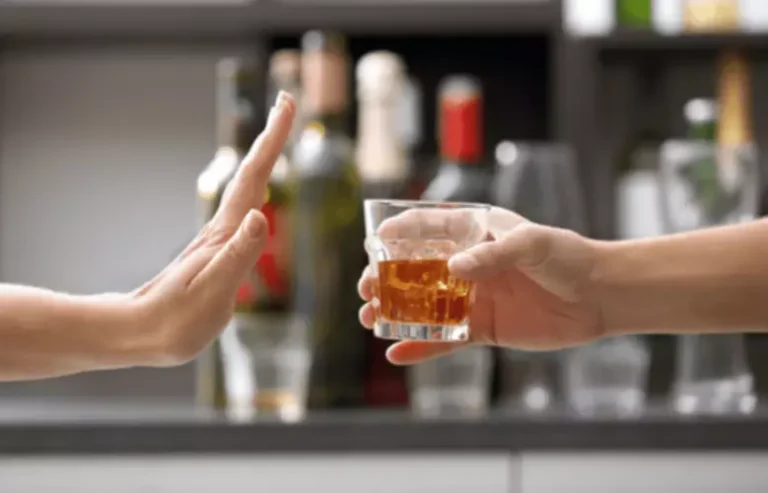
Both methods allow the body to adjust gradually and reduce overall alcohol intake. These strategies should be implemented according to an individual’s specific needs and drinking habits, under the guidance of a healthcare professional or addiction specialist. It can be tempting to just “rip off the Band-Aid” when getting sober, but tapering off alcohol is often much safer—and much less stressful.
Challenges of Quitting Drinking
They can help you develop coping skills, identify the root causes of your heavier alcohol use, and guide your recovery journey. Tapering off alcohol can be challenging, and withdrawal symptoms are common. However, various strategies can help you cope with tapering down alcohol these symptoms and make the journey toward sobriety more manageable.
- This is what causes many of the positive and negative effects of drinking, and it causes the effects of prescription depressants.
- One approach to tapering off alcohol is to gradually reduce the amount consumed over time.
- Although the goal of tapering is to work your way down to zero drinks, this is something that is built up gradually and doesn’t happen all at once.
- Whatever method you use to taper down, your plan should also be approved and monitored by a healthcare profession to ensure your safety.
Start Your Journey to Recovery with Arista Recovery

By substituting alcoholic drinks for non-alcoholic drinks, you can still engage in most of your habit without getting the alcohol that makes it addictive. This can taper you off alcohol while still helping you keep up with your normal drinking routine, making the process easier. Weaning off alcohol involves gradually decreasing the amount of alcohol you drink. This can be done by reducing the number of drinks, increasing time between drinks or choosing a weaker drink with a lower alcohol content. Alcohol tapers are strategies to stop drinking by slowly decreasing the amount of alcohol a person consumes. At Legacy, we’re dedicated to fully healing your mind, body, and spirit from the ravages of alcoholism.

Why Integrated Treatment is Essential for Co-Occurring Disorders

Quitting binge drinking may require different strategies than either tapering or cold turkey. People attempting to quit may turn to drinking again to prevent withdrawal symptoms. Alcohol is the third-leading preventable cause of mortality in the United States, with approximately 95,000 people dying from alcohol-related causes each year. By gradually tapering off alcohol, you can lower your risk for alcohol-related accidents or death. Discover the risks of mixing Latuda and alcohol addiction, and learn how to seek professional help. Discover Senate Bill 1180’s impact on addiction and recovery, healthcare, and the future of treatment options.
Personalized Mental Health & Addiction Care in Atlanta

There is also an intensive outpatient program (IOP) that includes group therapy, individual counseling, and education about the disease of addiction. Keeping a journal or using a tracking app can be helpful in recording your alcohol Substance abuse consumption accurately. This assessment will serve as a baseline to measure your progress as you gradually reduce your intake. Although some patients may prefer a quicker taper, this must be balanced with the severity of potential withdrawal symptoms.